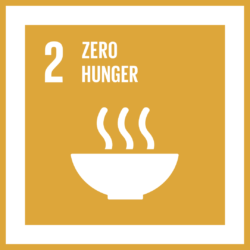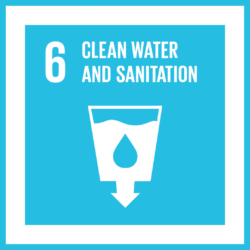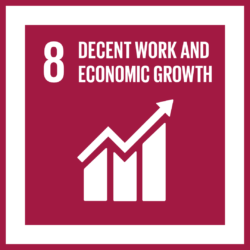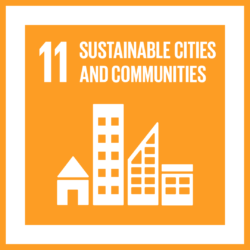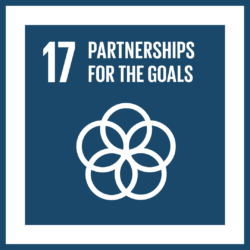Disaster Prepared Community Spaces
Whenever disasters occur, marginalized communities—populations that are already vulnerable, face daunting challenges with respect to surviving such disasters and then re-building their lives. Though there are numerous rehabilitation and relief programmes, very few of them are actually designed to build the innate capacity of these marginalized communities. There is a dire need to enable such communities to develop skills, knowledge and resources which will help them to face the vicious onslaught of a natural disaster.
DISPECS, which stands for Disaster Prepared Community Spaces, is trying to imagine what a community response to a natural disaster would look like, if they were to have the benefit of time and preparedness.
DISPECS aims to build a holistic intervention replete with the right resources, training materials, volunteering structures and a communication network that will help marginalized communities to build self resilience in the face of a natural calamity.
Segments
DISPECS is made up of various sub-groups or segments which though designed individually, collectively form DISPECS:
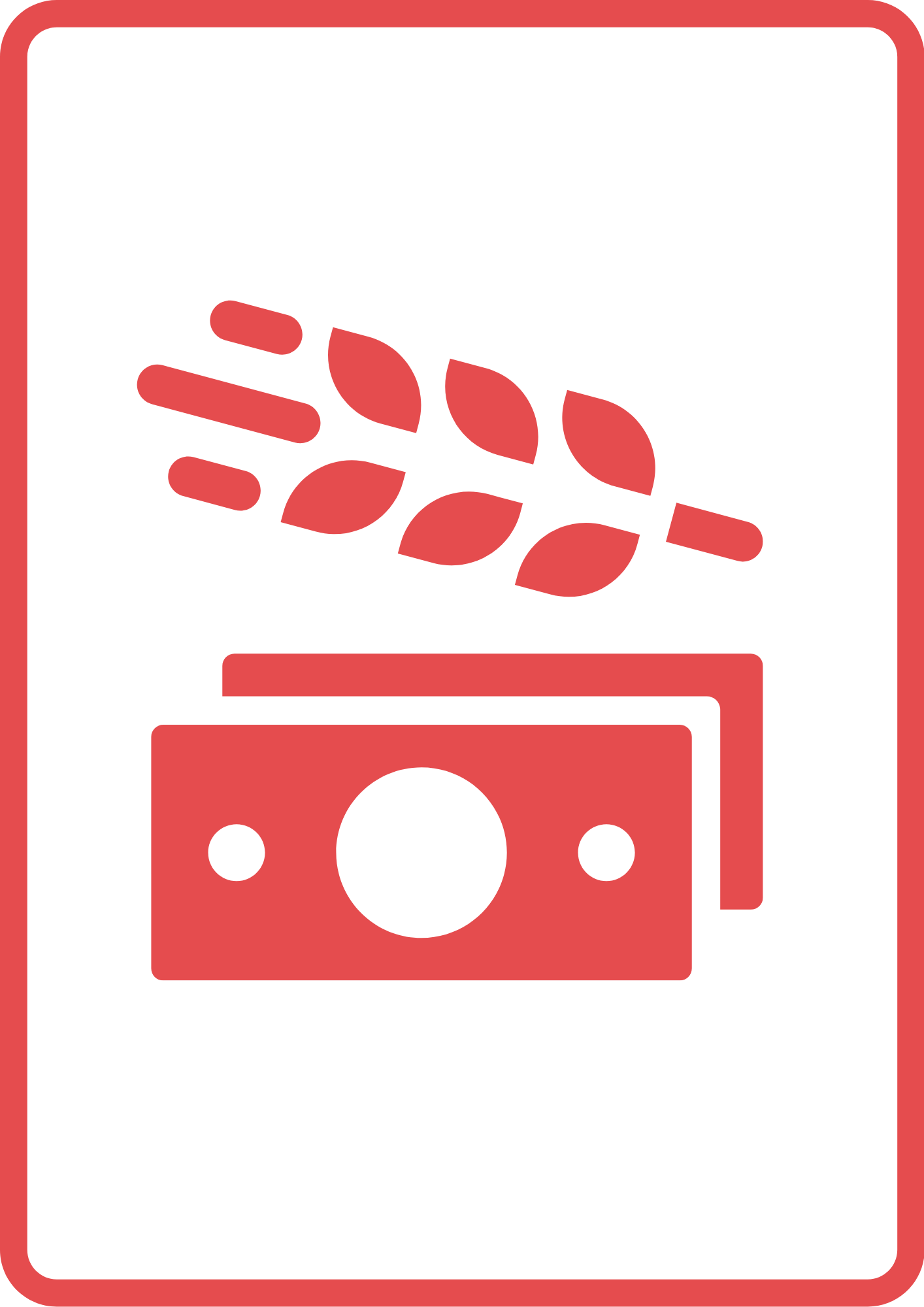
Livelihoods
Loss of income generation may happen if the community is isolated for extended periods either due to breakdown of economic activity or pandemic situations or breakdown of infrastructure due to disaster. The intervention will offer work alternatives, including training for the skills needed so that there can be a new influx of cash into the community.
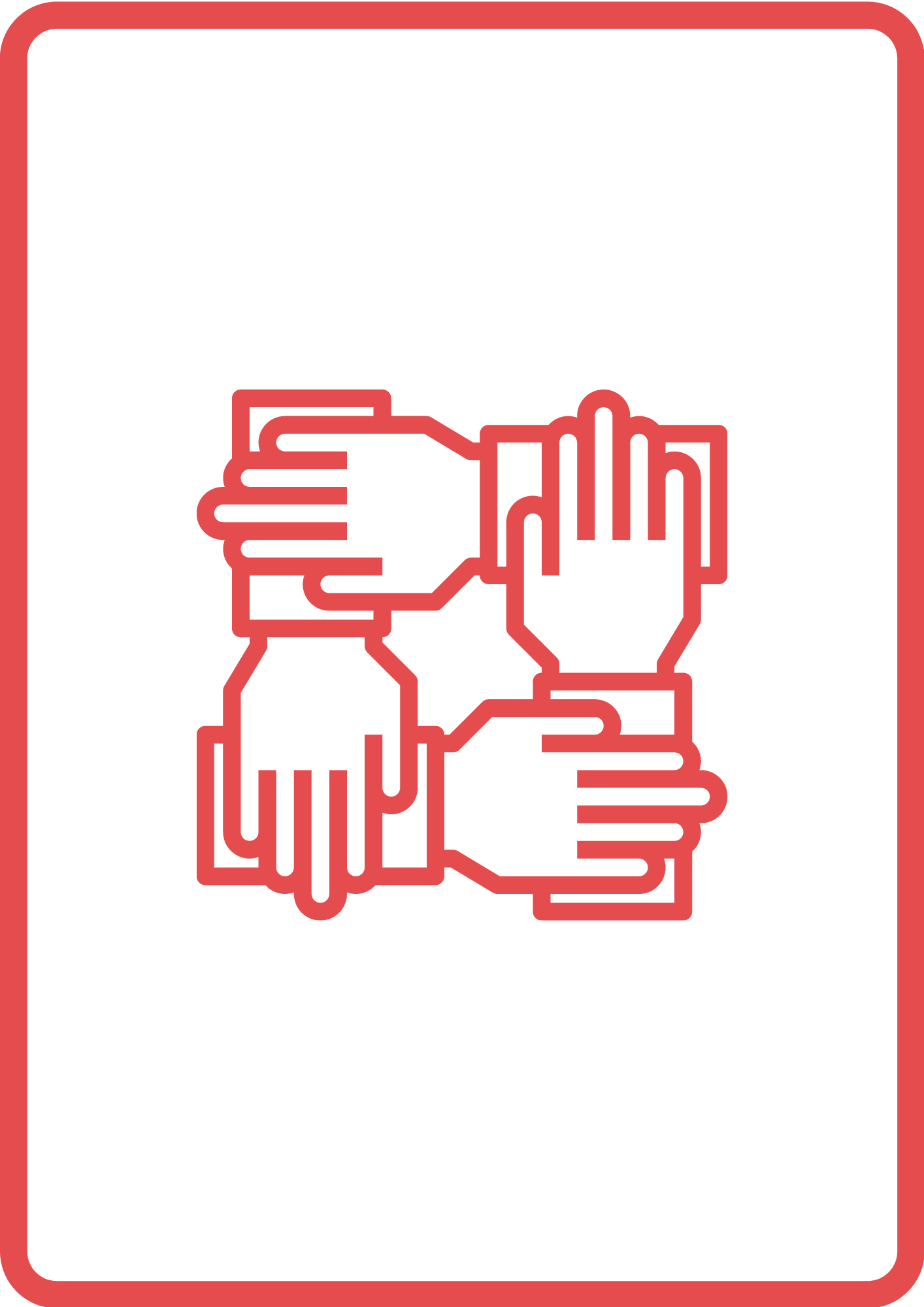
Partnership Support Network
The community can and should know how to collaborate with different NGOs and organisations who are working on the ground. The intervention will provide information on the accessible organisations and ways to collaborate with them during the disaster for quick recovery and to mitigate the losses. At the local level, they can also develop future alternative sustainable development policies in agriculture, livelihood etc. by collaborating with these agencies.
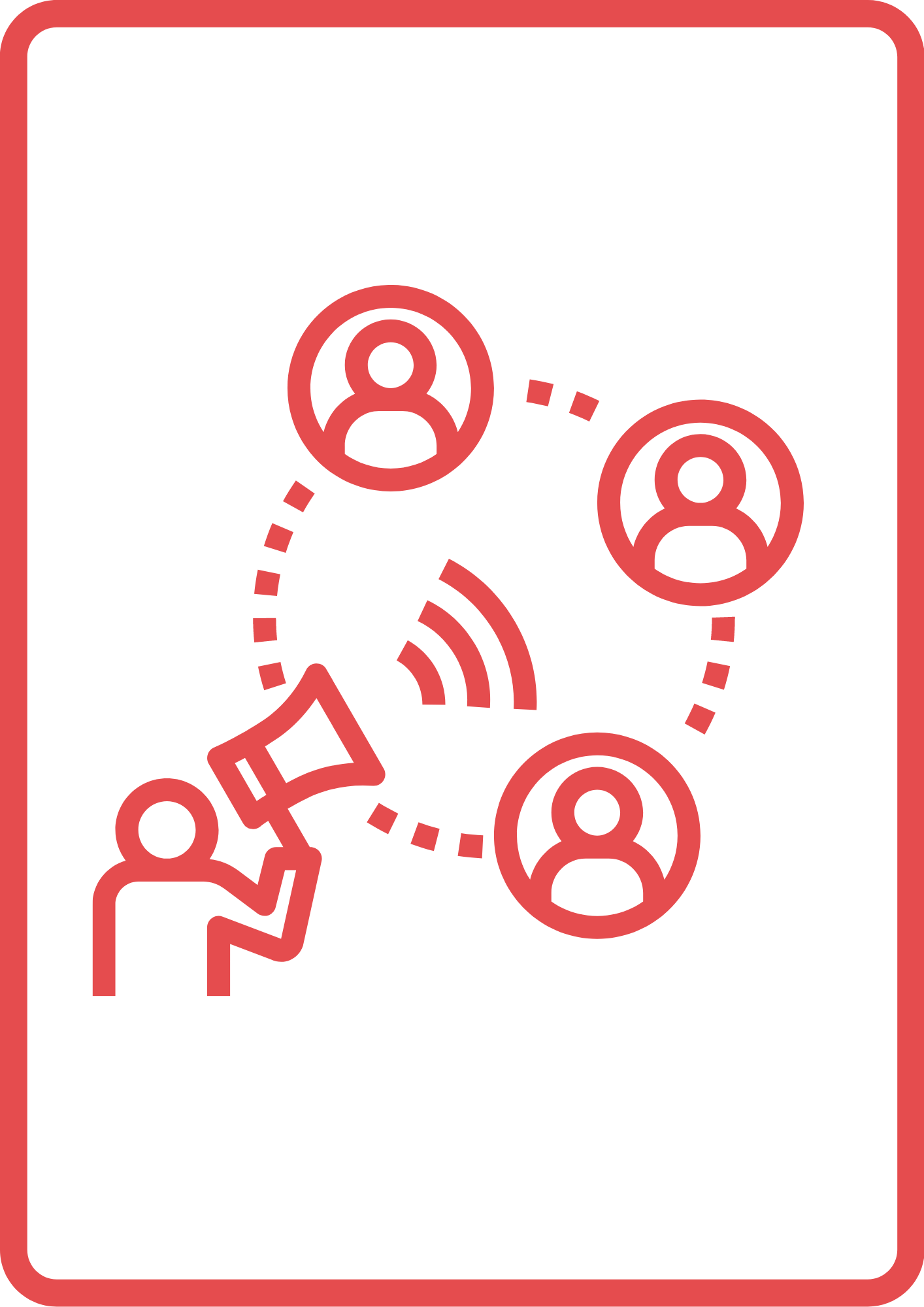
Communication Mechanism
In the breakdown of usual communication mechanisms at the time of disasters, communication alternatives must be created to enable communication both within the community and with the rest of the world. The intervention will offer either a readymade or a buildable communication alternative, along with a process for local and distant communication. The mechanism will aim to connect various stakeholders (government, relief organisations, news agencies, the community, and the intervention management team)
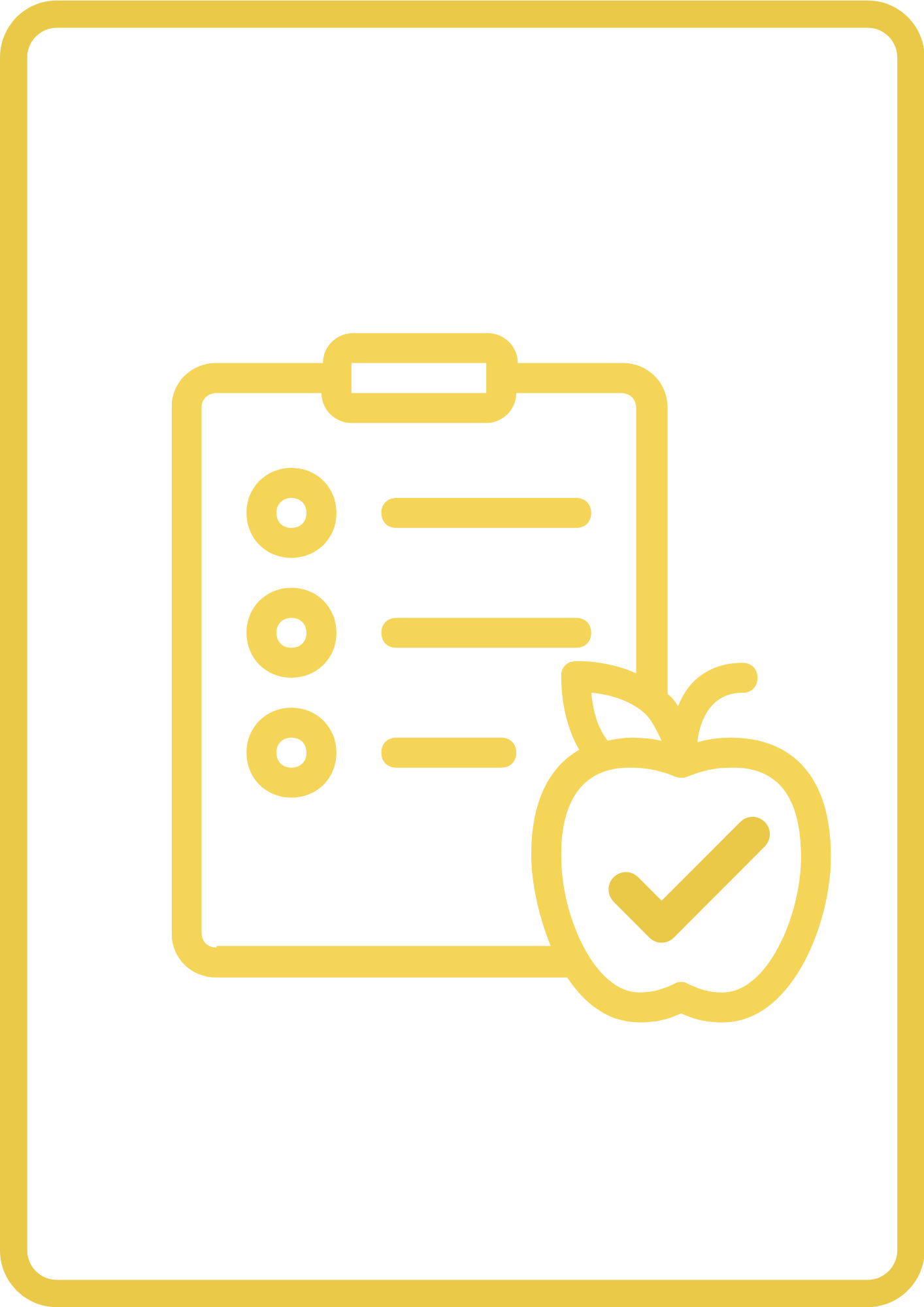
Food and Nutrition
Most disasters tend to affect the regular food supply. The intervention will contain a reserve of non-perishable food that can be stocked at the space for a period of 1-2 years and then replenished once over or expired. A more prepared way for this could also be for the space to grow some food locally, either in their own space or a common community space, where they can collectively maintain a steady supply of basic vegetables. Some material will also be created on how to maintain basic nutrition levels even during disaster situations when resources are selectively available.

Rapid and Localized Construction
Some disasters lead to displacement of people and new houses or settlements are urgently needed. The intervention will include both material and knowledge to create rapid emergency housing for displaced individuals, which is both low cost and sustainable until more permanent rehabilitation can take place.
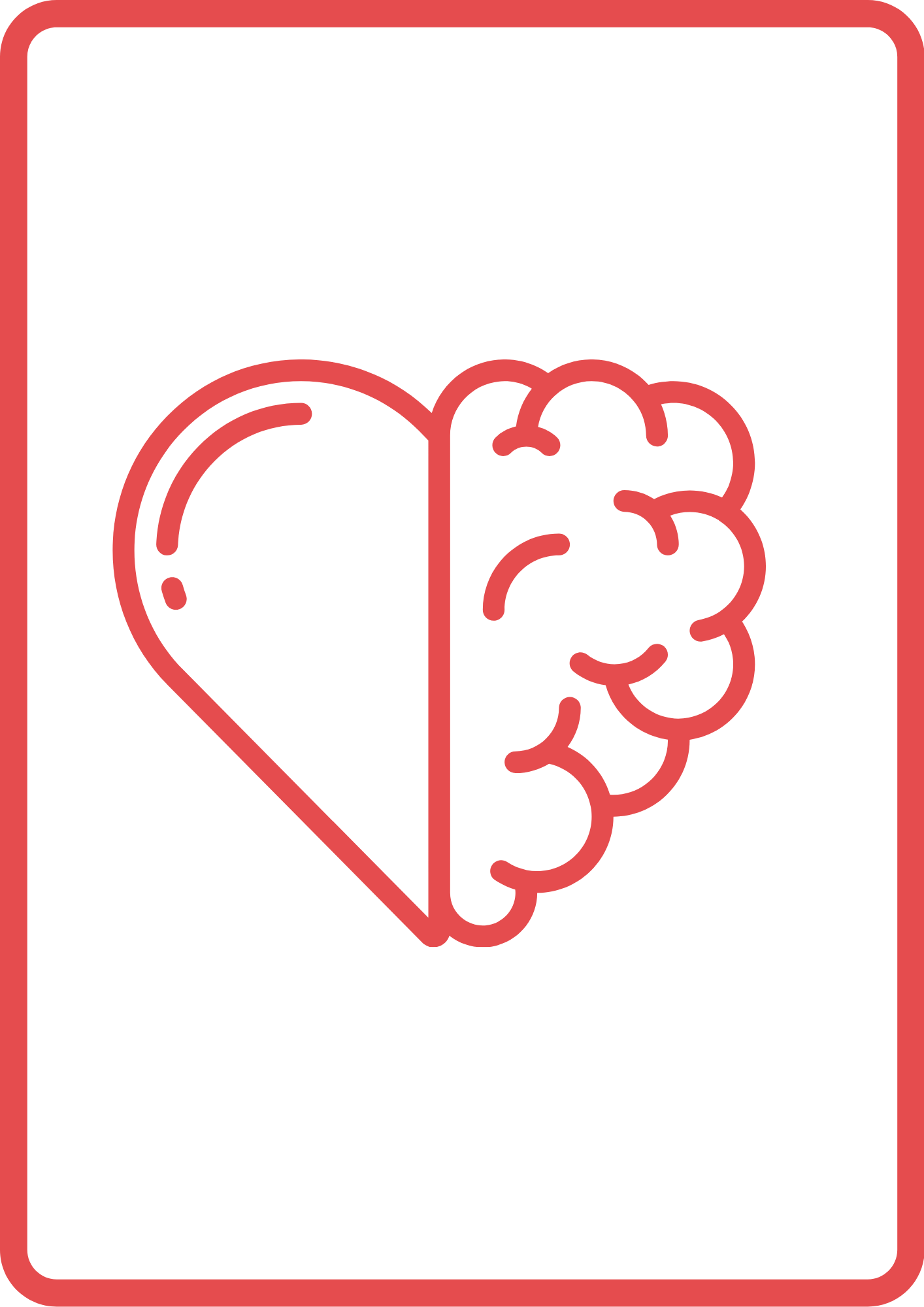
Mental Health
Almost any disaster has severe mental health implications for the communities it impacts, the families it affects and the individuals who suffer through it. The intervention will enable the community to develop processes for mental health support for community members.

First Aid
First aid knowledge is invaluable for any individual or community. At the time of disaster a trained person is better able to assess the surroundings. Knowledge of first aid promotes a sense of safety in a community. A standard stock of First Aid, supplemented with advance training for application of first aid, shall be an offering of the intervention as well.
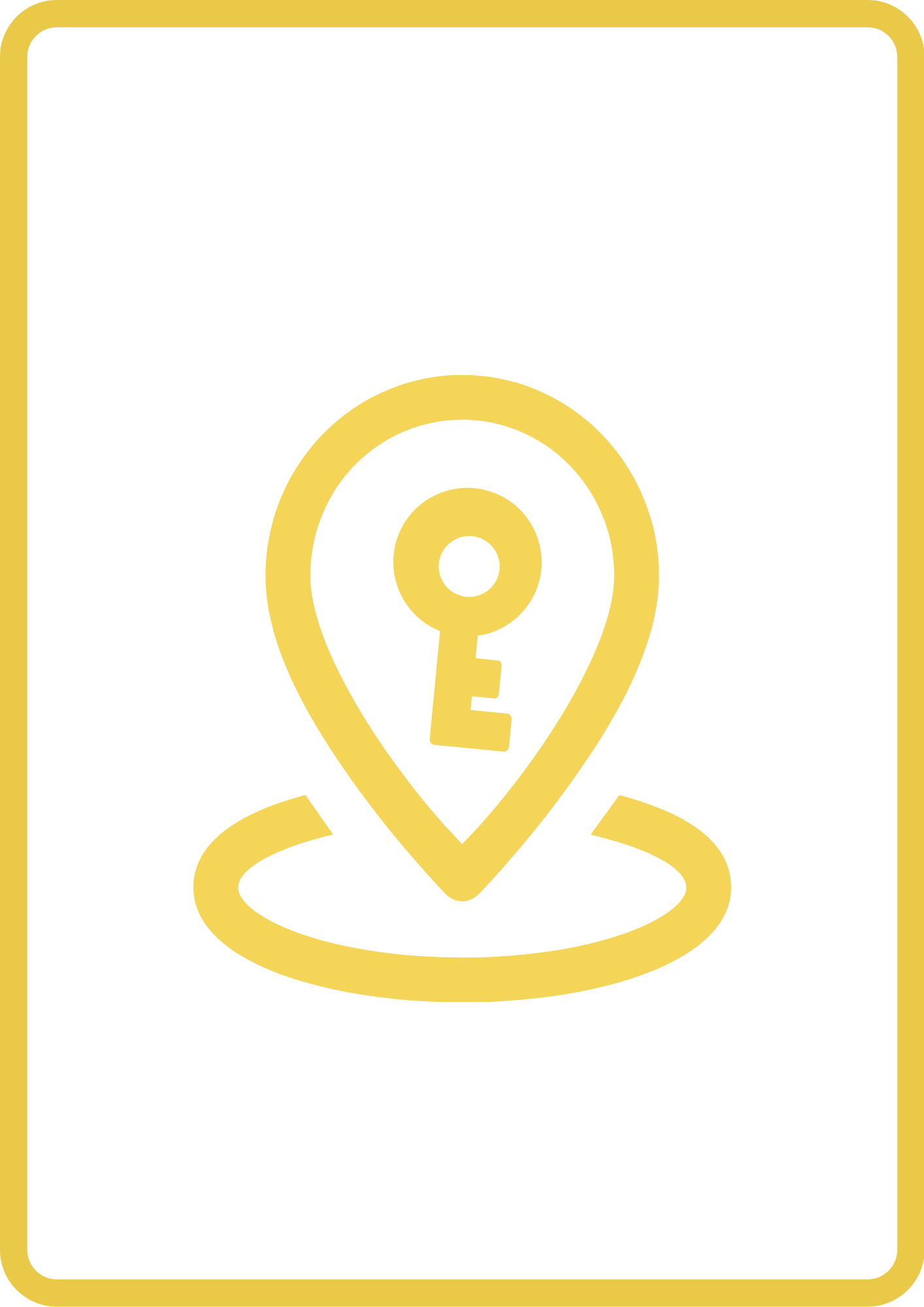
Using available technology to build local solution
Several challenges can be solved by local makers with tools and simple material to support a Disaster like situation. For example, crank generators, simple water purifier masks, soaps and so on. The intervention will include a selected list of curated tools and materials that can be maintained at the space at low cost, along with a list of items that can be built quickly (with training content).
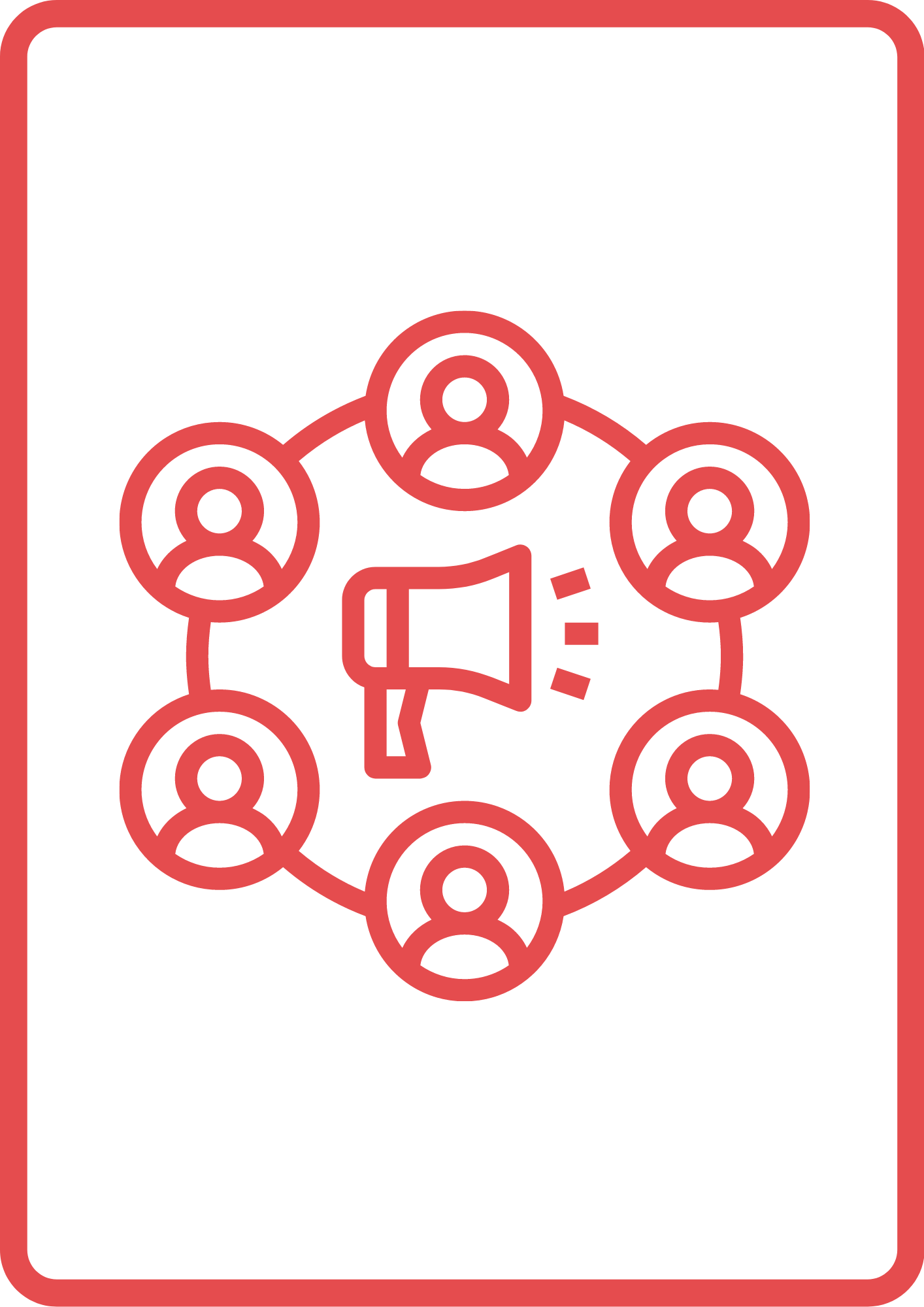
Awareness/Information Dissemination
Some awareness programs will be pre-designed and added to the intervention. These will be of generic nature aimed to give directions regarding what to do during certain types of disasters (also translated in local languages). Local volunteers will also be trained to find information and create their own programs to cover areas that are very specific to the community or the disaster in a way that cannot be predicted.

Community Cash
The intervention will have a process to develop a community cash pool and a process to responsibly use this cash during or post disaster to ensure equitable and accountable distribution. The intervention also aims to train the community on drafting a budget of requirements when a disaster hits.
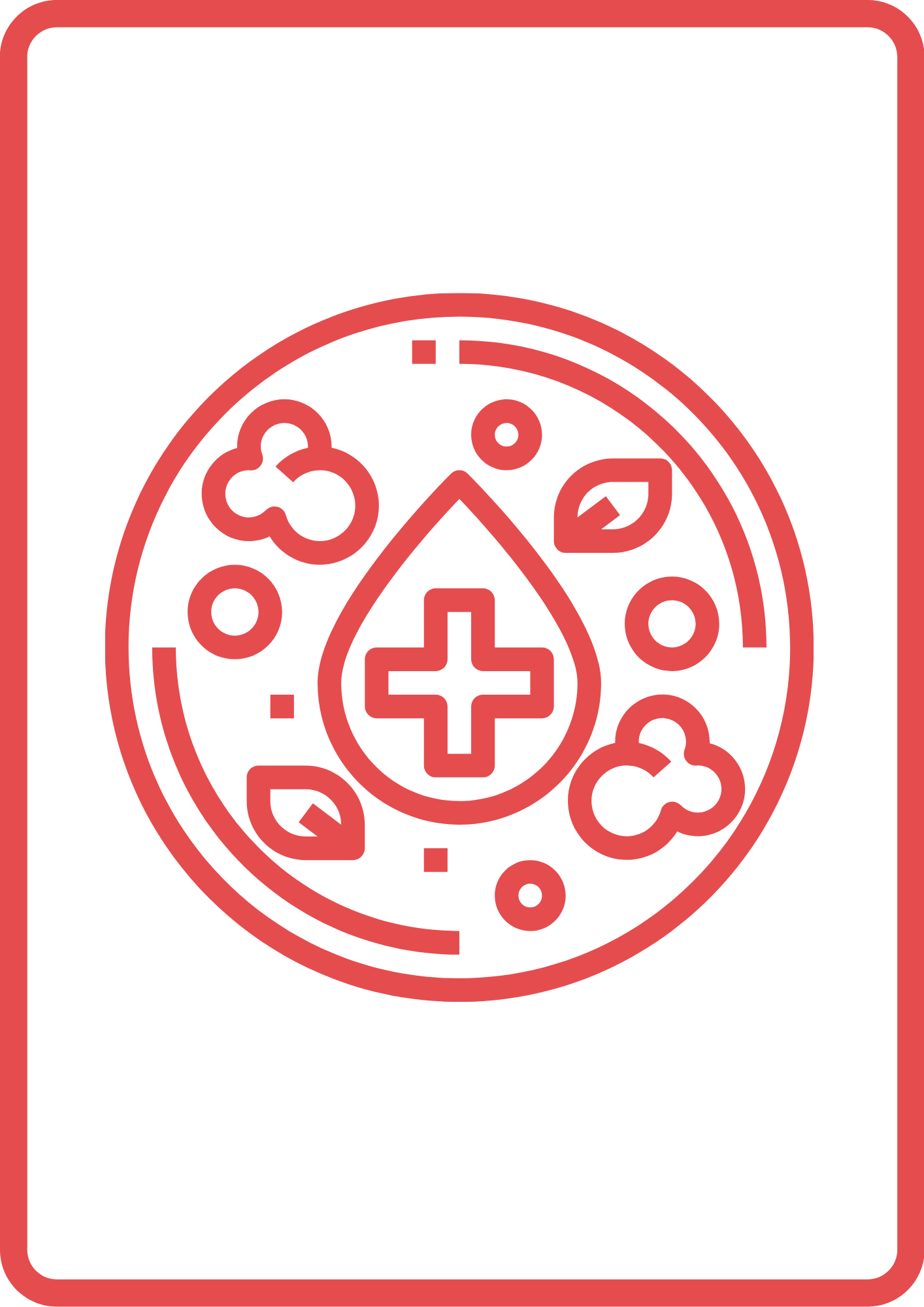
Hygiene
The onslaught of natural disasters may lead to outbreak of epidemics like cholera, diarrheal diseases, dengue, malaria, typhoid etc. Maintaining hygiene with limited resources will be an offering of the DISPECS intervention through training materials for social practices, as well as tutorials on what items can be created or developed with local or stocked materials to ensure a decent standard of hygiene in the whole community.
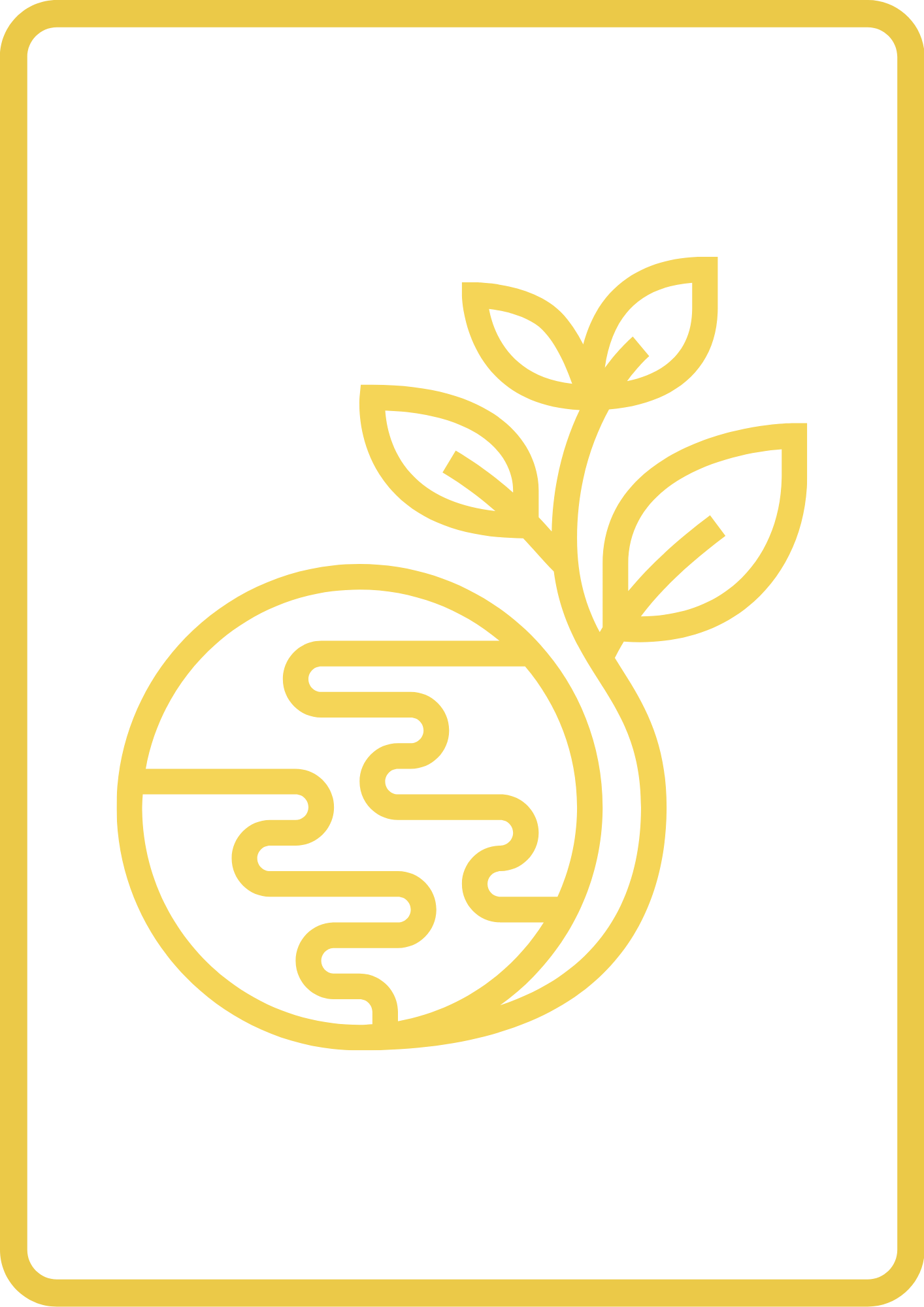
Supporting animal life and ecology
Disasters affect animal life and local ecosystems as much as they affect humans. Destroyed habitats and eco-spots can have long term sustaining effects on the community and therefore the intervention will include guidelines and support to help the ecosystems and animal life (both wild and domesticated) to survive and return to normalcy post the disaster.
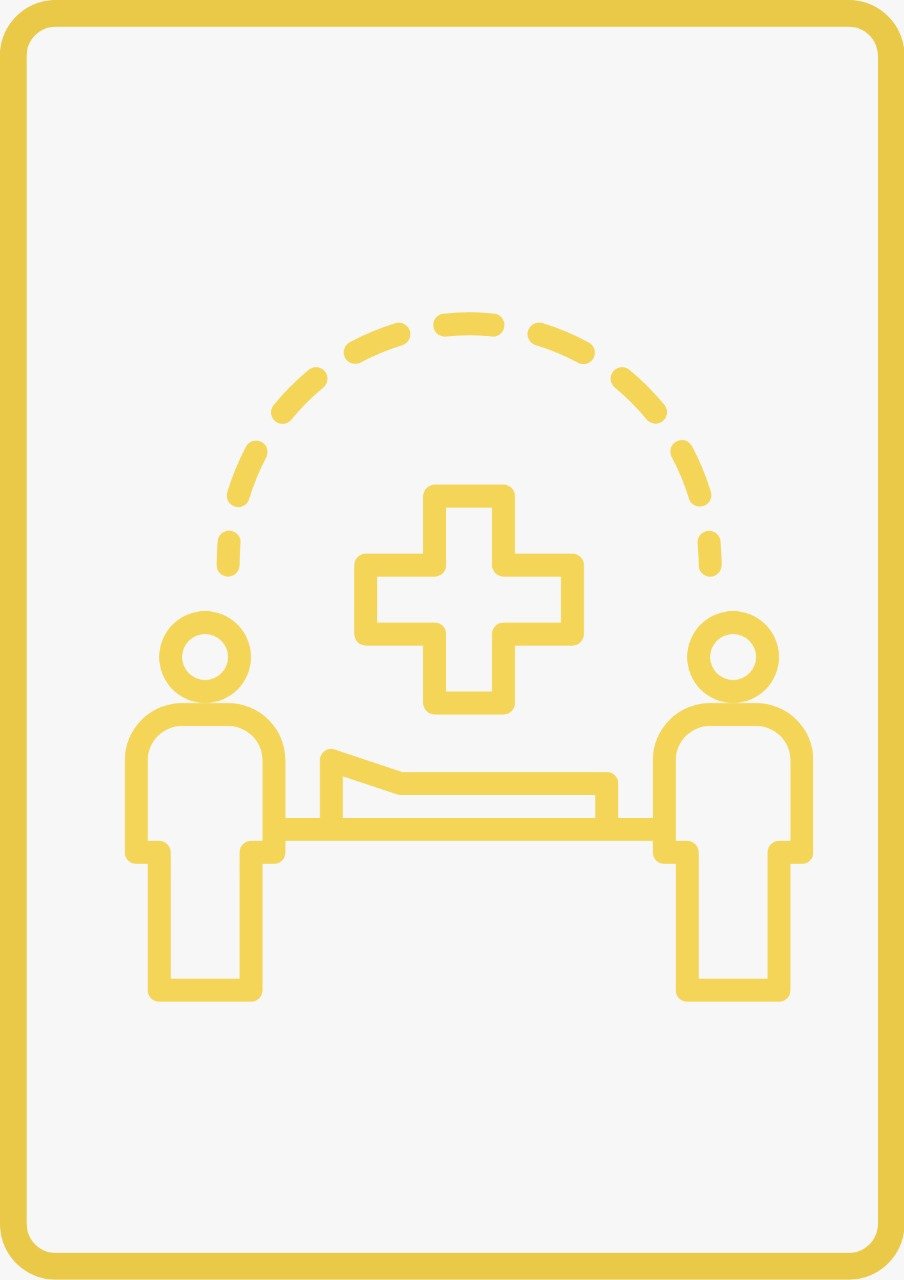
Search, Rescue and Safety
Among other natural disasters, disasters like floods and earthquakes pose a threat to life and physical security of people, especially those who are part of marginalized communities. In the horrific event of people going missing, the communities should be self-reliable, at least in being trained to know how to conduct basic search and rescue operations. Apart from the knowledge they should also have access to such materials that enables them to conduct such operations and save crucial time for those who would be stuck or missing.
Process
As we embark upon creating DISPECS, we are first addressing the requirements of each segment individually. We have designed the following process to create mini action plans for separate segments, which collectively will form the broader program design for DISPECS, subject to local contexts.
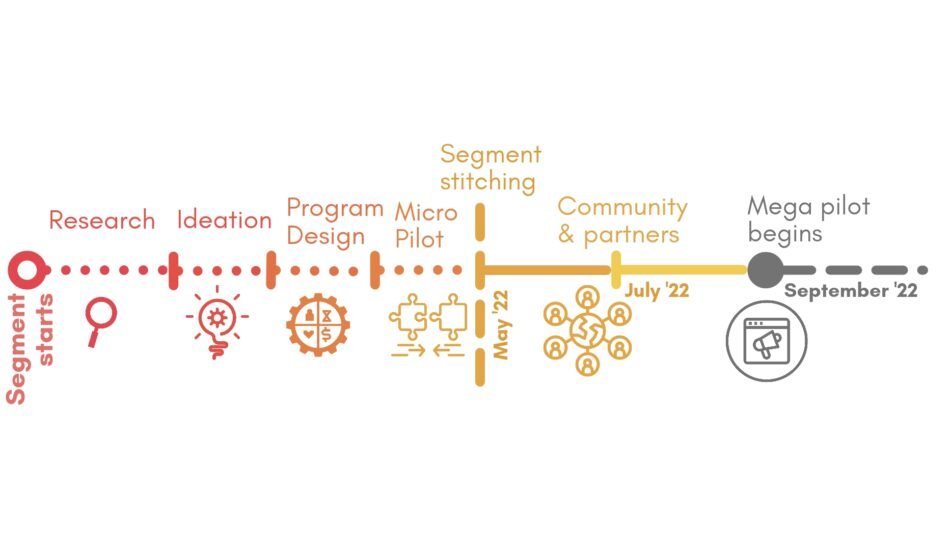
DISPECS & Sustainable Development Goals (SDGs)
DISPECS directly impacts the following SDGs:
